PART II. Die Varieties:
Different Mintmark Styles And Sizes
Definition: This occurs when two or more different style mintmarks of the same size are used on working dies from the same mint during the same year on a denominational coin.
With the demand for the Lincoln cent rising during the mid 1940s, the punches used for the S mintmark wore out a bit more quickly. The increase in production of the Lincoln cent saw an increase of production of working dies, which meant that the mintmark punches were being subject to more use that seen in the earlier years of the Lincoln cent. This lead to different style mintmarks being used in the same year.
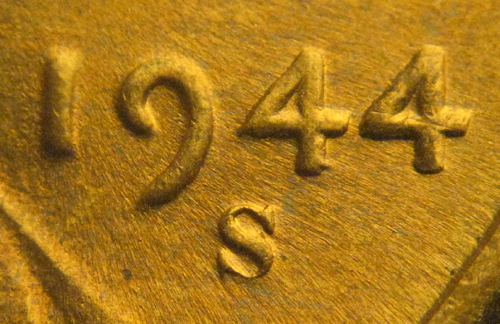
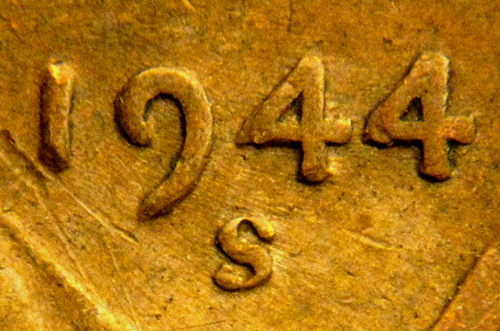
In the year 1944, two different style “S” mintmarks were used on the working dies of the Lincoln cent. The image to the left shows the serif mintmark, which was a carry over from the year 1943 where it was used on the 1943 Lincoln cent. The image to the right shows the ball serif “S” mintmark. The serif “S” mintmark is the more common of the two mint marks used for this year.
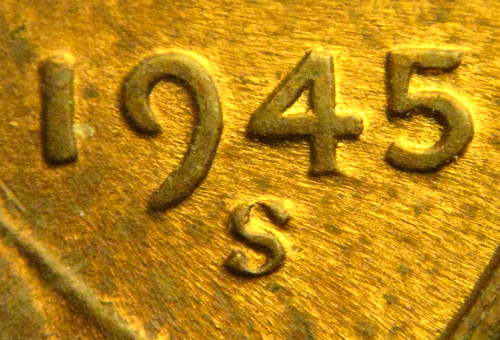
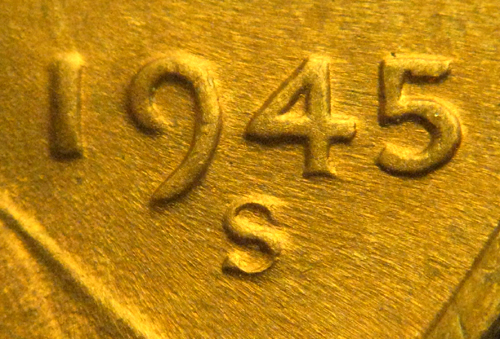
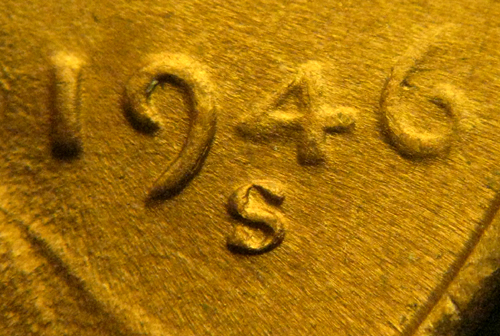
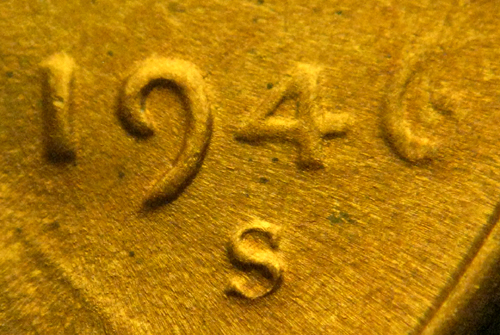
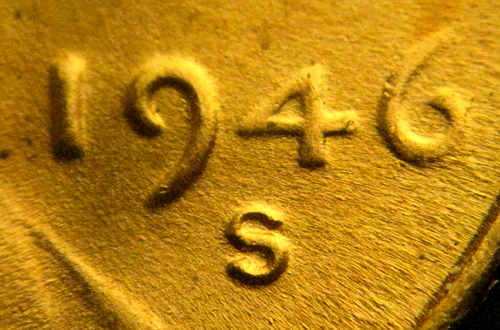
Both the ball serif “S” mintmark (image to the top left) and the serif “S” mintmark (image top the top right) returned as mintmarks for the year 1946. However, the ball serif mintmark was retired after being used on approximately 16 working dies. The ball serif “S” mintmark is considered “scarce” for this year, with an estimated 9,000,000 Lincoln cents being produced using this style.
The image to the bottom left shows a new type of mintmark which is named sans serif “S” mintmark that was used in the year 1946.
Notice the weakness in the 4 and 6 digits of the date. This phenomena is discussed HERE.
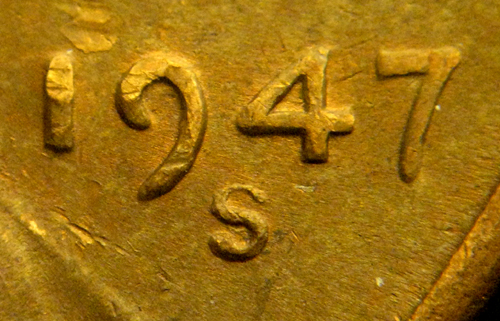
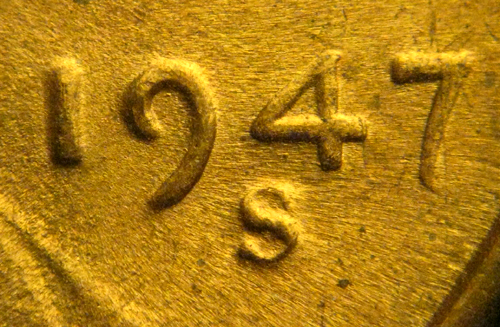
Both the sans serif “S” mintmark (the image to the left) and the serif “S” mintmark (image to the right) made their return on the 1947 Lincoln cent. Both seemed to equal share the working dies that they appeared on.